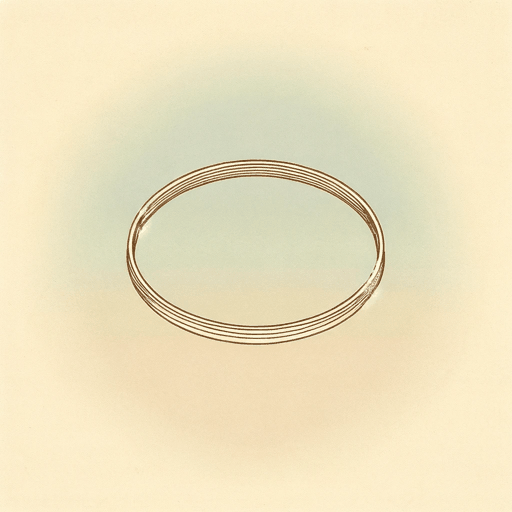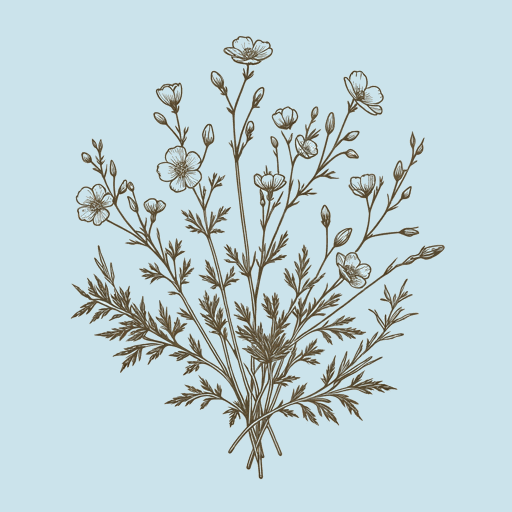28 pages • 56 minutes read
Alice WalkerThe Flowers
Fiction | Short Story | Adult | Published in 1973A modern alternative to SparkNotes and CliffsNotes, SuperSummary offers high-quality Study Guides with detailed chapter summaries and analysis of major themes, characters, and more.
Summary and Study Guide
Summary: “The Flowers”
“The Flowers,” a short story by Alice Walker, considers the impact of the Jim Crow South on a young Black girl’s emotional development and social awareness. Walker won the Pulitzer Prize for Fiction in 1983—along with a National Book Award—for her critically acclaimed work The Color Purple (1982). Her experience growing up poor in the segregated sharecropping community of Eatonton, Georgia, as well as her advocacy as a Womanist activist, inform the personal and social dimensions of her poetry, nonfiction, and prose. In this story, 10-year-old Myop is enamored with the natural world until her love of its beauty leads to an encounter with the body of a hanged Black man, prompting a marked change in her outlook. Through Myop, Walker explores the theme of racial violence against the backdrop of coming of age.
This guide refers to the version in Alice Walker’s 1973 debut short story collection, In Love & Trouble: Stories of Black Women, in which this piece first appeared.
Content Warning: The source material contains depictions of racial violence.
The story opens on Myop in an attitude of playfulness, skipping as she explores the limits of the world outside her family’s sharecropper cabin. She encounters farm animals, like chickens and pigs, and rural comforts, like a smokehouse, a spring used for drinking water, and a woody expanse. Walker acquaints the reader with the setting by having them trace Myop’s steps through the landscape and reveals in this way how great a freedom Myop has and how pleasurable her discoveries are for her. Myop takes stock of the beauty of “the days,” which can be read in the context of this story as the beauty of childhood. Every sensation delights her, even those whose stimulus is pricked by memory alone, such as the “golden,” anticipatory taste of squash that “caused excited little tremors to run up her jaws” (Paragraph 1). She feels these delights as an acute fluttering in her body, and this description lays the foundation for her innocent and optimistic appraisal of the world.
Myop moves around her environment with the comfort of one who treads a familiar path but with the wide-eyed gaze of one on a mission to observe everything. Nothing escapes her notice—from the “tat-de-ta-ta-ta” of her walking stick sounding against the pigpen fence to the “tiny white bubbles [that] disrupt the thin black scale of soil” (Paragraph 3) around the family’s stream. This evinces the myopia (or nearsightedness) of childhood, which lavishes meticulous attention and boundless enthusiasm on that which is immediately before its eyes.
When Myop walks further into the woods behind her family’s cabin, she heads in the opposite direction of her home in pursuit of pretty objects to collect. Autumn promises fallen leaves and nuts, but summer promises sweet-smelling bushes and vivid-colored flowers that she gathers by the armful. The woods turn eerie and “strange” in the afternoon, and Myop finds less pleasure in the shifting atmosphere and damp “silence” of the woody cove. She attempts to return to her family home, but her heel is caught in the eye socket of a dead Black man. When she investigates further, she sees how imposing the man’s body must have been when he was alive; she observes his “long fingers,” “very big bones,” and the “long space” his body covers in the dirt (Paragraph 7). The man’s head lay beside the body, but this does not faze Myop. She looks “with interest” at the space around the man’s head, not yet able to infer who or what killed the man. Time has worn away the man’s clothes, but “threads of blue denim from his overalls” remain to give her clues into his working-class identity (Paragraph 7). His bones do not in themselves give Myop pause; rather, it is the combination of the bones, the “ring” of plowline wrapped around a pink rose’s root, and the “[f]rayed, rotted, bleached, and frazzled—barely there—but spinning” (Paragraph 8) piece of the hangman’s noose in an oak tree that shakes Myop into recognition. This spurs her epiphany, and she “[lays] down her flowers” (Paragraph 8) as a token of respect for the man who was murdered. The relinquishing of her flowers also signifies Myop’s acknowledgment of the end of summer, or her childlike worldview.
Stumbling upon the dead man in the woods has brought Myop into closer contact with the intangible realities of the world. The body’s proximity to her family’s home rewrites the narrative of the safety of her surroundings. Both the childhood home and the physical, social, and economic environments that enclose it come under suspicion: “[T]he days” lose their beauty in this new light. Myop has learned a lesson about the dangers and limitations of being a Black person—how the Black individual is circumscribed and prevented from free movement even at home. She is now in a position to think better of exercising her independent will in a world that punishes Black agency. Myop’s eye-opening encounter with the hanged man has ushered her into the autumn flowering of adulthood’s knowing.
Related Titles
By Alice Walker

By the Light of My Father's Smile
Alice Walker

Everyday Use
Alice Walker

In Search of Our Mothers' Gardens
Alice Walker

Meridian
Alice Walker

Possessing the Secret of Joy
Alice Walker

Roselily
Alice Walker

Strong Horse Tea
Alice Walker

The Color Purple
Alice Walker

The Temple of My Familiar
Alice Walker

The Third Life of Grange Copeland
Alice Walker

The Way Forward is with a Broken Heart
Alice Walker

To Hell with Dying
Alice Walker

Women
Alice Walker

